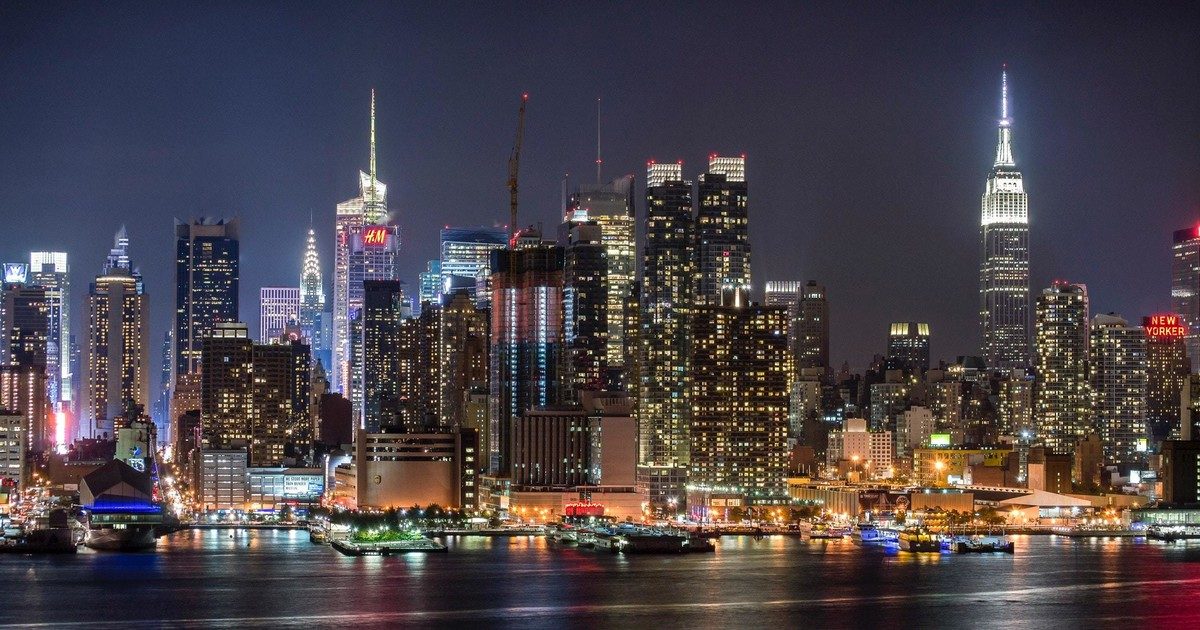In our final class, we reflected on the Boyles reading and connected themes from this reading to themes from the entire semester. I thoroughly enjoyed this discussion. Our discussion about black heterogeneity really stuck out to me. Boyles went to great lengths to make clear the heterogeneity of black identity. This goes all the way back to our talk about black heterogeneity while discussing W.E.B. DuBois. It is concerning that issues of black homogeneity still exist today and that we can relate to DuBois’s emphasis on black heterogeneity even today. It concerns me that people today still categorize people of color in one group and the issues it creates within a minority group. For example, middle and upper black people try to distinguish themselves from lower class black people so they themselves are not seen as “dirty” or as “criminals.”
The idea of riots as a concept of place making also intrigued me in our discussion on Wednesday. This raises the questions: who has rights to the city? In my opinion, the residents have the rights to the city and it is the job of city officials and law enforcement to meet the needs of these residents. Instead, what we see in the case of Ferguson is that the police hyper police the residents, most of whom are black residents, by being unnecessarily rough and implementing rules such as the five second rule. Instead of policing to protect residents and to gain their trust, residents lose faith in their law enforcement and see them as enemies. In class we talked about hyper policing and the broken windows theory, which is highly relevant in the case of Ferguson. Ferguson is a poor suburb with a majority black population, therefore there are plenty of broken windows, per say. According to this theory, the destruction makes Ferguson seem like an unsafe place, which relates to the hyper policing in the neighborhood. Hyper policing makes residents feel as though they do not have control or claim over their own neighborhood and make them feel as if they are constantly doing something wrong. Therefore, rioting is a way for residents to take claim to their own neighborhood by destroying it.
In class, we contemplated whether rioting is, in a sense, an example of a pop up. Pops up occur spontaneously and riots, in a sense, do as well. In the case of Ferguson, the riots that followed were spontaneous after Mike Brown’s death. All it took was a spark, one more unjust death, for the people to take the streets. I can’t help to compare the spontaneity of the Ferguson riots to the calculating planning of the Civil Rights Movement. For example, the arrest of Rosa Parks was a calculated decision on behalf of Dr. King. The arrest served as a spark for the Montgomery bus boycotts, just as Mike Brown’s death was a spark for the Ferguson protests. Dr. King theorized that riots occur because the people feel unheard and have no other option but to resort to violent protest. The people of Ferguson felt unheard by their officials and attacked by the police, ultimately leading in violent protest.
